Every horse is different. They all have things they like and things they don’t, and a bit like their human counterparts, they mostly favour going on one rein than the other. Or they enjoy some exercises more than others. Also, like us, they may feel a bit stiff or tight when they start to work. Have a look at these five simple exercises to help improve your horse’s trot:
Medium Trot
This exercise is perfect for helping your horse move forward and listening to your leg more – and is nicely simple. Start in your regular working trot around the arena, and then ask your horse to trot into a longer stride – this may feel uncomfortable for the horse, but after a few strides return to working trot; do not allow canter. Repeat this a few times – adding in some 20-meter circles to give some variation on the exercise. You should feel your horse’s trot becoming looser and more willing to go forward; you may even find that the working trot will become longer striding.
Leg Yield on a Circle
This exercise is perfect for getting the hind legs powering through and developing that inside bend. Start on a 20-meter circle, starting in a nice rhythmical working trot. Gently spiral down the loop to as small as you can until there is a loss of balance and rhythm. From here, the leg yields out to the original size circle whilst keeping an inside bend. Keep an outside rein contact to help prevent the horse from falling out through the outer shoulder and preventing over flexion to the inside with the head and neck. Repeat this on both reins, aiming to get the smaller inside circles smaller each time you spiral down. To make this more challenging, you can make a figure of eight – changing the rein onto a circle the other way after the leg yield returns you to the original 20-meter circle. You should feel the rhythm and balance in the trot improve – it will encourage a natural inside bend whilst staying forward.
Corner Transitions
This exercise is perfect for getting your horse forward and off of your leg. Ride a square or rectangle, either large around the arena or between specific markers. Make sure you are strict with the shape for the best results. Pick up a comfortable trot on the form, maintain this along the straight lines, collect and slow the trot before the corner, transition to walk two strides out from the corner, and ask for an inside bend around the corner. Pick up, trot two strides out from the corner and repeat. The smaller the square, the more complex the exercise; however, if you make it too small, the trot may lose balance and rhythm. This exercise can also be done the other way around, walk the straight lines and pick up trot around the corners – this can increase the horse’s responsiveness to the aids. You should see a development in the upward and downward transitions in the trot.
Canter
The canter transition can be a precious tool in improving the trot. Ask your horse for a few strides of canter before returning to trot. Work on keeping the trot balanced and even throughout the transitions. You can achieve this with half halts throughout the transitions; it will be easier if the horse is forward and off your leg in the trot and canter throughout. Include 10-15-meter circles in the exercise to help balance the trot before and after the canter. You should notice that trot beginning to swing through the hips and becoming more potent from the hindquarters.
Not all of these exercises will help every horse, and you may find some more effective than others. It is beneficial to ride these exercises on the rein both you and your horse feels the most comfortable to start with before moving onto the other rein. Improving the quality of the horse’s trot may take time depending on the horse’s age and ability, and patience is essential in any training.
Shallow Loops with Circles
This exercise is perfect for the horse’s suppleness when ridden with accuracy, therefore improving the quality of your horse’s trot. This exercise is straightforward but pleasantly challenging to ride. Start in a corner leading to a long side of the arena, ride a 10-15-meter circle – whichever you feel like your horse can cope with without losing balance and rhythm in the trot. From the circle ride, a 5-meter shallow loop, as you re-join the track, ride another 10-15-meter circle. Accuracy of the shape is essential; make sure you ride into all corners and ride all circles accurately, adding inside bend where appropriate. The changing of direction and turning on the shallow loops will help to loosen your horse off.

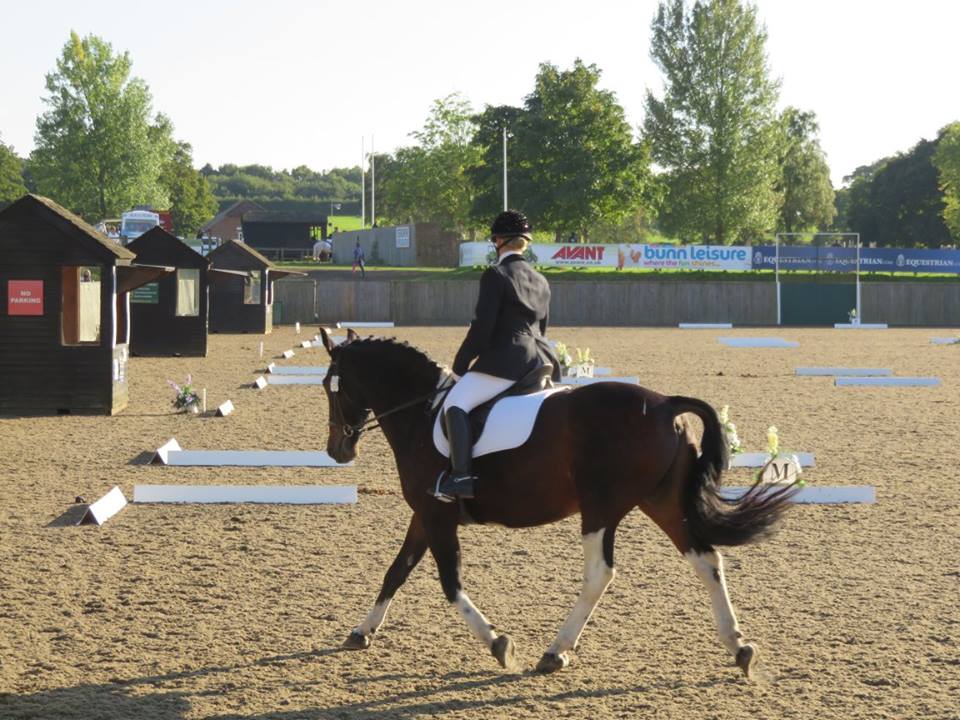
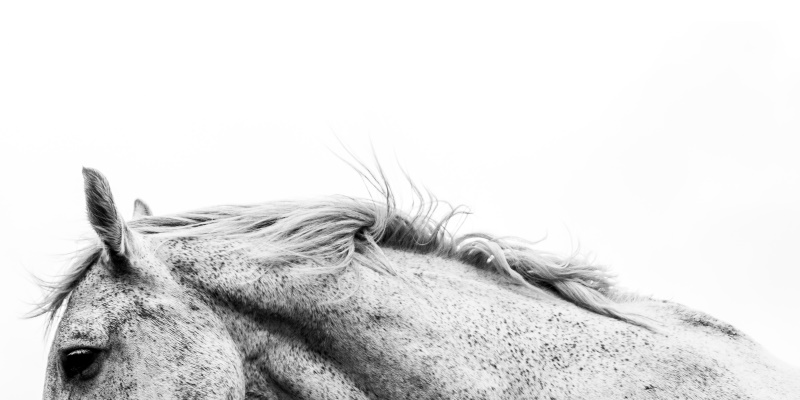

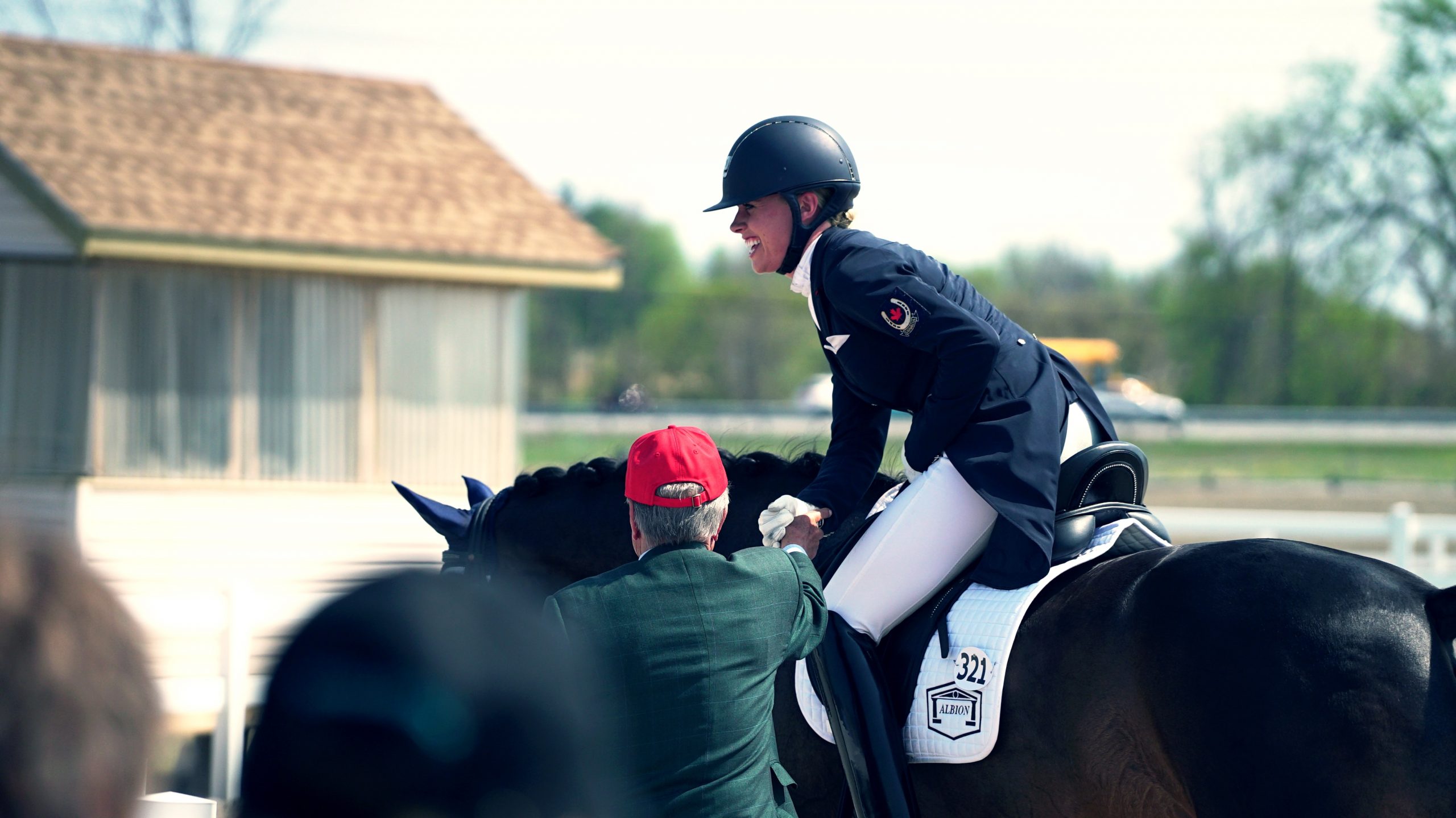
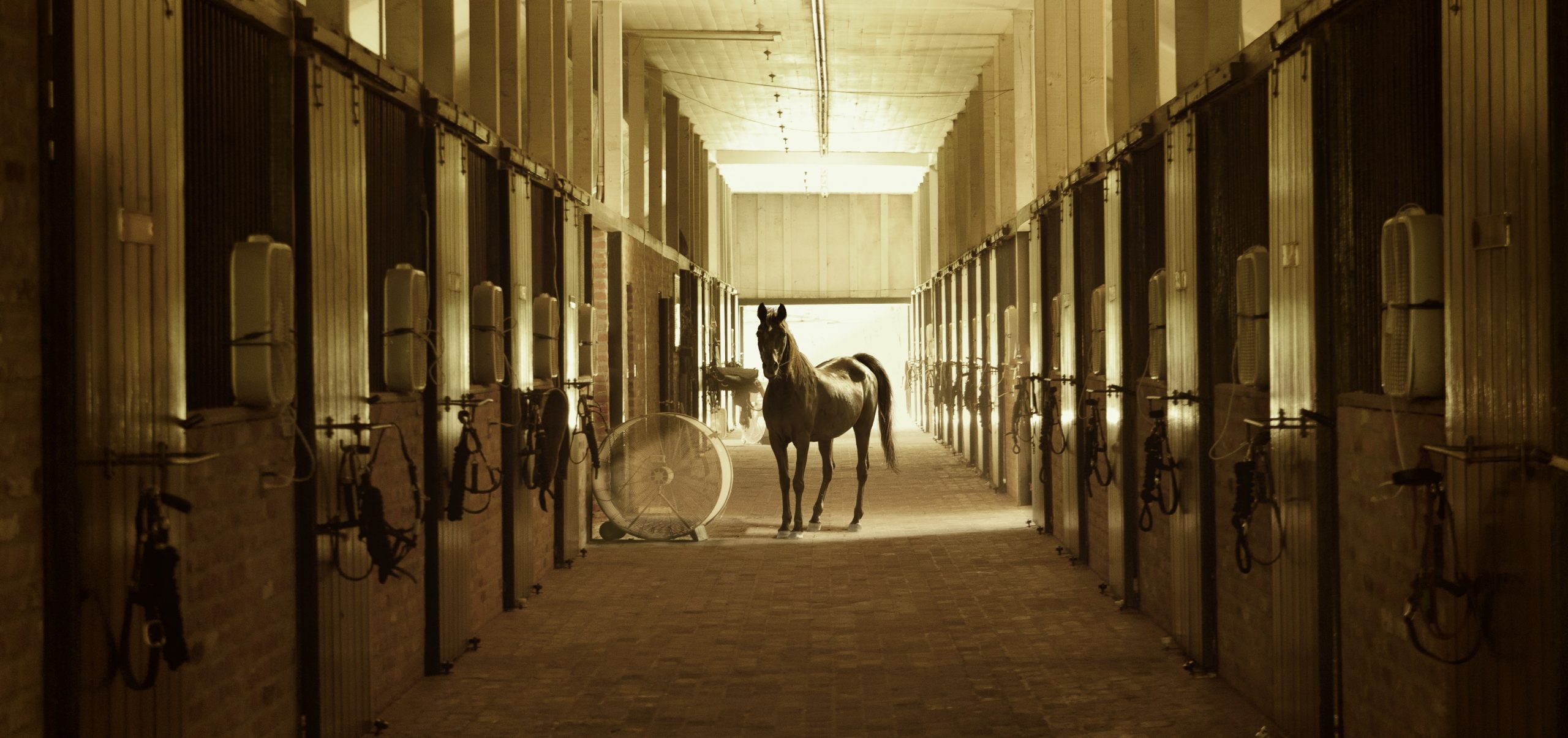
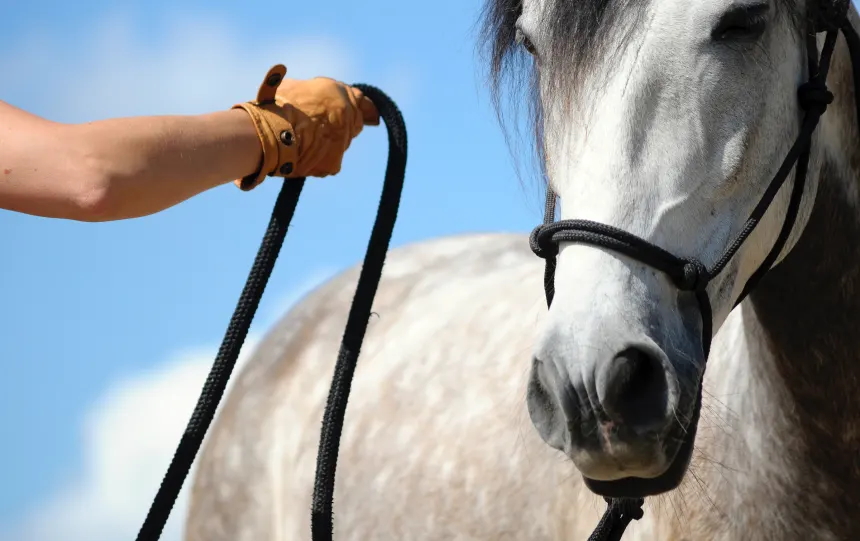
Leave A Comment